Originally posted on: https://readytosmile.com/choose-best-cosmetic-dentist-near-me/ If you are unhappy with your smile, a trip to the dentist is unavoidable. Cosmetic dentistry has become…
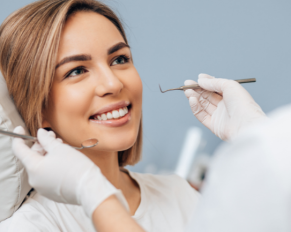

Originally posted on: https://readytosmile.com/choose-best-cosmetic-dentist-near-me/ If you are unhappy with your smile, a trip to the dentist is unavoidable. Cosmetic dentistry has become…
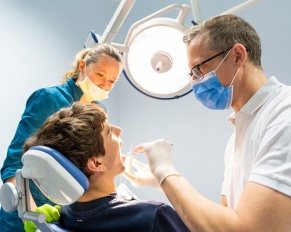
Originally posted on: https://www.smore.com/t63mu-top-cosmetic-dentistry-procedures Cosmetic dentistry refers to the different dental procedures that improve the aesthetics of the teeth.…

“All I want for Christmas is my two front teeth!” It was a popular Christmas song more than 70 years ago, but the sentiment isn’t lost, even today. Having missing teeth, especially in areas that are visible to others, can do a number on your confidence. But it doesn’t have to be that way. Fixing a missing tooth is actually one of the most common dental procedures that family dentists perform on a daily basis. Millions of Americans opt yearly for fixing their missing teeth, restoring both their confidence and their beautiful smiles. So what are your options if you have one or more missing teeth? Is there more than one dental procedure for replacing lost teeth? Here’s information from family dentists in Essex County about the procedures available in dental offices today for repairing missing teeth.

Originally posted on: https://readytosmile.com/how-do-i-find-a-cosmetic-dentist/ A COSMETIC DENTIST IS one who focuses on improving the appearance of patients’ teeth. When it comes…

With the coronavirus pandemic still making an impact in 2022, the dental industry continues to adjust to ensure the health…

Originally posted on: https://readytosmile.com/your-best-cosmetic-dentist-tips-for-avoiding-stained-teeth/ TEA AND RED WINE LOVERS are probably all too familiar with the effects these liquids have on…
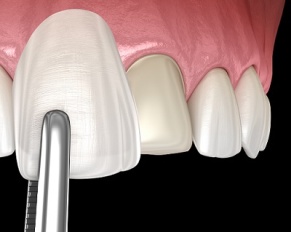
Maybe Americans have been deluged with too many photoshopped Instagram influencers or retouched model photos or commercials touting the latest…

A white smile has always been important, but it seems like it’s getting more important every day. Even though most of us spend more time on the computer these days, because of the very social nature of the Internet, having a bright, white smile has become one of the most vital assets we have today. But what do you do if your teeth are dull, yellowed, or even brown? Well, you probably don’t smile nearly as much as you’d like and that’s just not acceptable, especially since dental office whitening procedures are more affordable than ever. But that’s not all. Today, there are so many effective tooth-whitening methods available to patients throughout the country that happen right in the chair of your family dentist, and that means you know you can trust their safety and results. Following is more information on the most popular and effective dental office tooth whitening procedures available.
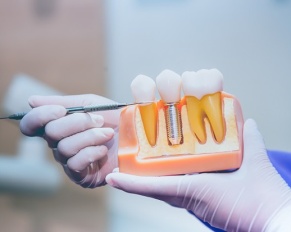
Aptly named, dental bridges fill gaps. A dental bridge is a type of false tooth that has the capability of concealing gaps in teeth that make it hard to eat, smile, and even speak properly. Your bite isn’t something you think about often, until it becomes a problem. Dental bridges work to close the gap between teeth, bringing back proper function of teeth. But restoring function and beauty of teeth isn’t all that dental bridges do. They also help to restore overall dental health. The fact about gaps between teeth is that they can lead to a greater risk of developing gum disease because of bacteria that can build up. If you’re someone who suffers from gaps between teeth, you’ve probably been searching for a way to fix the problem. Following is more information on the purpose and procedure of dental bridges that can help you decide if a dental bridge is a viable option for your situation.
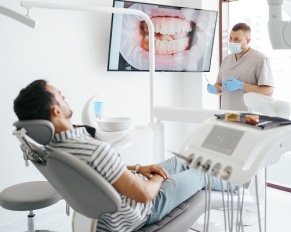
Originally posted on: https://readytosmile.com/complete-health-dentistry-oral-health-impacts-overall-health/ Preventable chronic diseases cause seventy-five percent of medical costs. It has become a monumental discovery in…